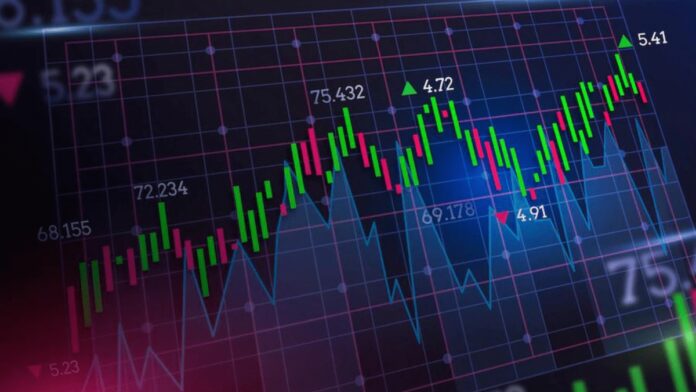Cryptocurrency is a digital asset that has become increasingly popular in recent years.
With the rise of cryptocurrencies such as Bitcoin, Ethereum, and Dogecoin, more and more people are turning to the crypto market as a means of investing and trading. However, investing in the crypto market can be challenging, as it is highly volatile and subject to sudden price swings. As a result, traders and investors must have a deep understanding of the market to make informed decisions.
Analyzing the crypto market is a crucial aspect of investing and trading in cryptocurrencies. There are many methods and tools that traders and investors can use to analyze the market, each providing valuable insights into the market’s behavior. By using these tools, traders can gain a better understanding of the market’s trends and make informed trading decisions.
In this article, we will explore the various methods and tools that traders and investors use when analyzing the crypto market. We will discuss the importance of market capitalization, trading volume, price trends, news and events, social media sentiment, fundamental analysis, technical analysis, sentiment analysis, fear and greed index, and market depth. We will also take a closer look at the fear and greed index, explaining how it works and how traders can use it to make informed buy and sell decisions.
Market capitalization

Market capitalization is a crucial metric in the crypto market. It refers to the total value of a cryptocurrency, and it is calculated by multiplying the price of a single token by the total number of tokens in circulation.
Market capitalization is an important indicator of the cryptocurrency’s overall worth and popularity in the market. High market capitalization can indicate that a cryptocurrency has a strong following and high demand, while low market capitalization may indicate that a cryptocurrency is less popular or new to the market.
Fear and Greed Index
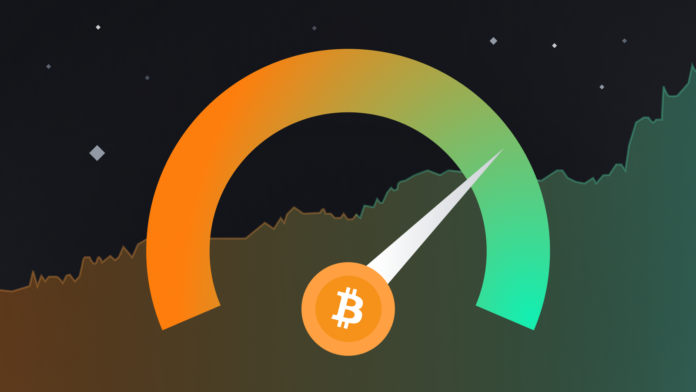
The Fear and Greed Index is a tool that measures the overall sentiment of the market. The index uses a variety of factors, including social media sentiment, volatility, and trading volume, to determine whether the market is in a state of fear or greed. When the index is at a low level, it indicates that the market is in a state of fear, which may indicate that it is a good time to buy.
Conversely, when the index is at a high level, it indicates that the market is in a state of greed, which may indicate that it is a good time to sell. If this sounds interesting to you, you have a unique opportunity to read more on the crypto fear and greed index more profoundly.
Trading volume
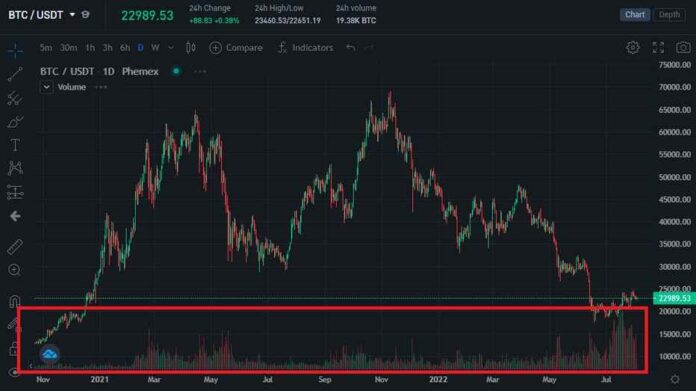
Trading volume refers to the total number of tokens bought and sold in a given period. High trading volume indicates that there is a lot of interest in cryptocurrency and that it is more liquid. Liquid markets make it easier for traders to buy and sell cryptocurrencies, as there are more market participants willing to trade at a given price. High trading volume can also indicate that there is high volatility in the market, which can be both a risk and an opportunity for traders.
Price trends
Price trends are essential when analyzing the crypto market. Traders use charts and technical analysis to identify patterns and trends in the market. They can use this information to predict price movements and make informed trading decisions.
Price trends can be influenced by a variety of factors, including news events, market sentiment, and technical indicators. It is important to pay attention to both short-term and long-term trends in the market to make informed decisions.
News and events
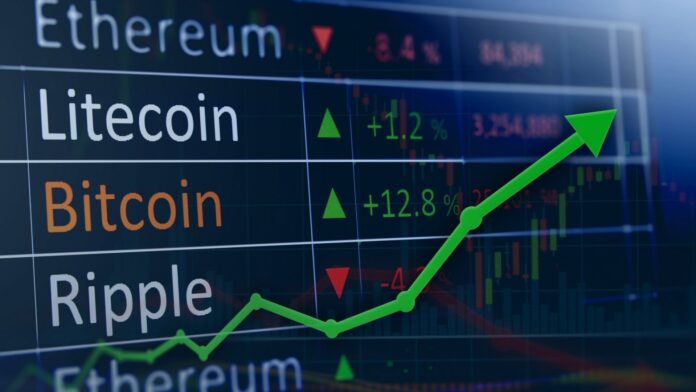
News and events can have a significant impact on the crypto market. Traders and investors must stay up-to-date with the latest news and developments in the industry to make informed decisions. News events, such as government regulations, product releases, and partnerships, can cause significant price fluctuations. Traders can use news and events to identify trading opportunities or adjust their strategies based on new information.
Social media sentiment
Social media sentiment refers to the overall sentiment of the crypto community on social media platforms. Traders can analyze social media sentiment to get a sense of how the market is feeling about a particular cryptocurrency.
Positive sentiment can drive up prices, while negative sentiment can cause prices to fall. Social media sentiment can be an indicator of market sentiment and can provide insights into the overall mood of the market.
Fundamental analysis
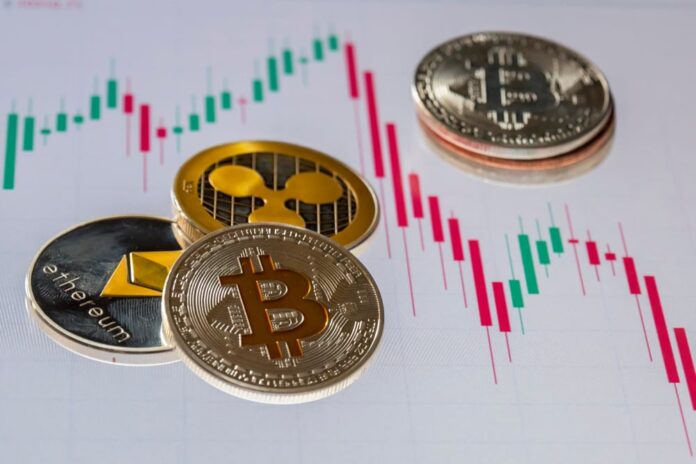
Fundamental analysis involves analyzing the underlying fundamentals of a cryptocurrency. Traders can analyze factors such as the technology behind the cryptocurrency, the team behind the project, and the cryptocurrency’s use cases to determine its potential value.
Fundamental analysis can be a long-term approach to trading, as it focuses on the long-term value of a cryptocurrency rather than short-term price fluctuations. Fundamental analysis can be especially useful for traders who are looking to invest in cryptocurrencies for the long-term.
Technical analysis
Technical analysis involves using charts and technical indicators to identify patterns and trends in the market. Traders use technical analysis to predict price movements and make informed trading decisions. Technical analysis can be especially helpful in the crypto market, which is known for its volatility. Traders can use technical analysis to identify key levels of support and resistance, as well as to identify potential buy and sell signals.
Sentiment analysis

Sentiment analysis involves using natural language processing and machine learning to analyze social media sentiment and news articles. Traders can use sentiment analysis to determine the overall sentiment of the market towards a particular cryptocurrency. Sentiment analysis can be a useful tool for traders who want to get a sense of the market’s overall mood and sentiment.
Market depth
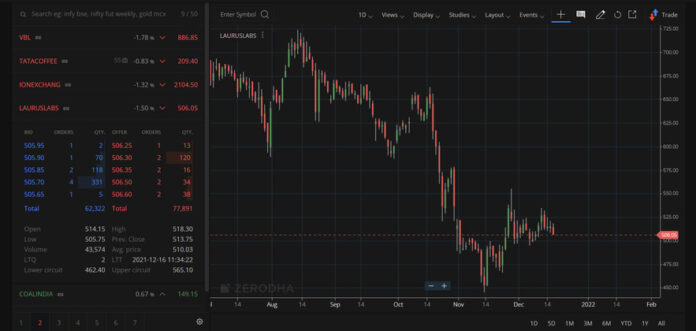
Market depth refers to the level of liquidity in the market. It is an indicator of how easily a trader can buy or sell a cryptocurrency at a particular price point. Market depth can be an important factor to consider when making trading decisions, as it can impact the price of a cryptocurrency. High market depth can indicate that there is a lot of liquidity in the market, which can make it easier for traders to buy and sell cryptocurrencies.
On the other hand, low market depth can make it more challenging for traders to execute trades at a particular price point. Traders and investors use a variety of methods and tools when analyzing the crypto market.
These tools include market capitalization, trading volume, price trends, news and events, social media sentiment, fundamental analysis, technical analysis, sentiment analysis, fear and greed index, and market depth. Each of these tools provides valuable insights into the crypto market and can help traders make informed decisions.

